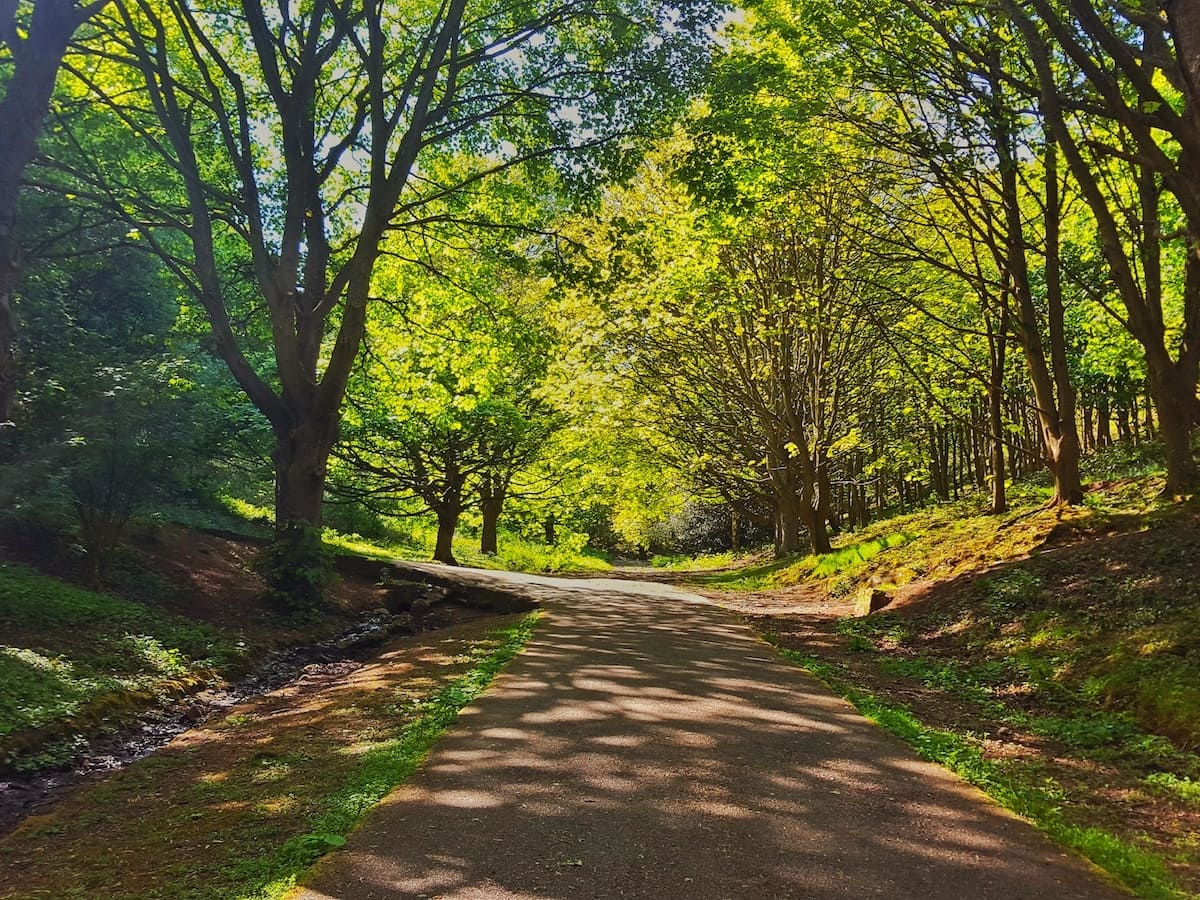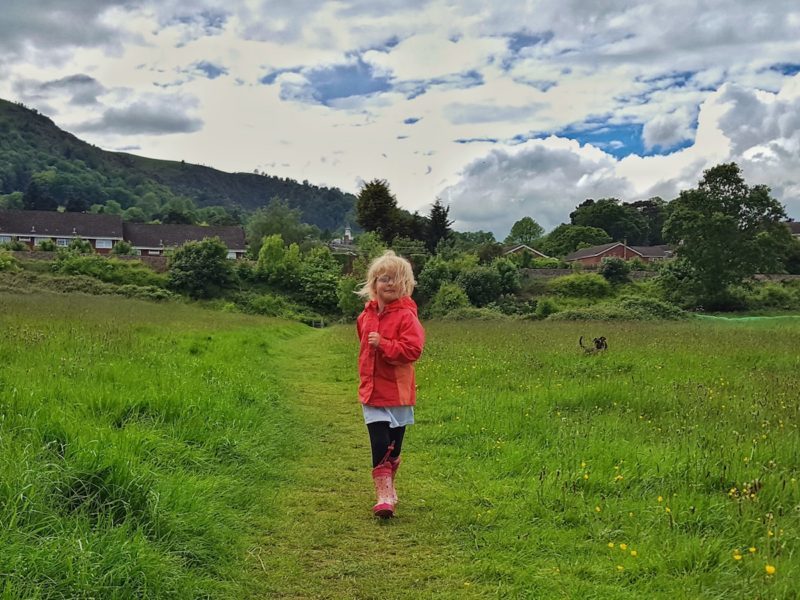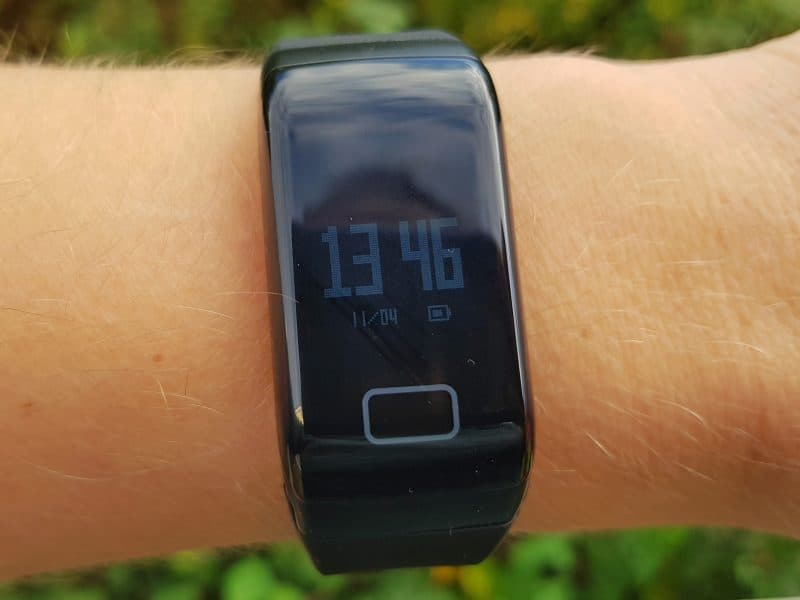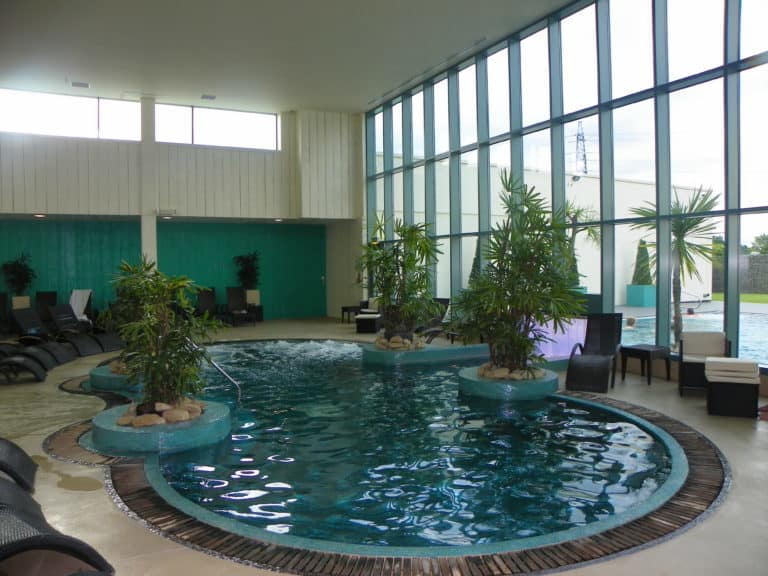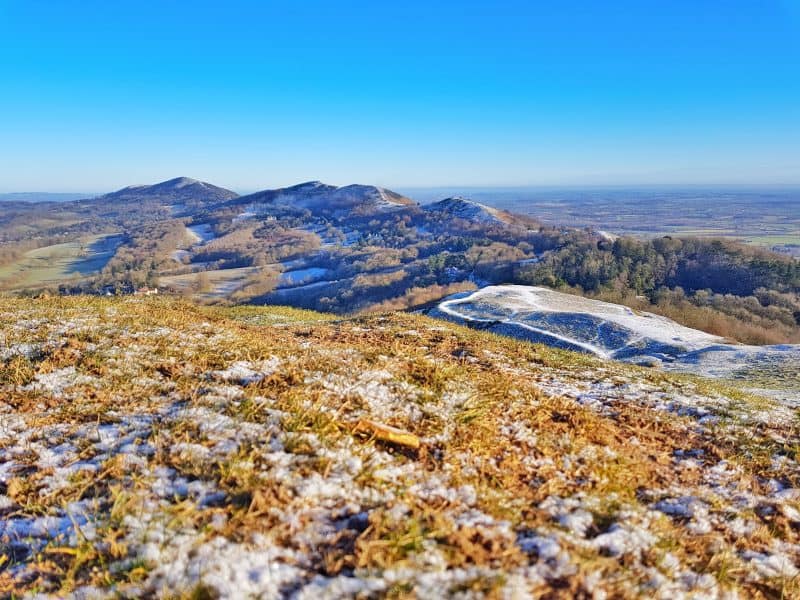6 things you need to know about barefoot running
Nearly six years ago, we were heading for New Zealand on our honeymoon. With a couple of hours to kill at the airport, I realised I hadn’t brought a book. After a quick glance around the airport bookshop, I grabbed a copy of Christopher Mcdougall’s Born to Run. To this day it is by some distance the best book I’ve ever read. It was also my introduction to barefoot running. Since then, I’ve been reading about the concept of barefoot running and even dabbling in it myself. So here are 6 things you need to know about barefoot running and why I love it.
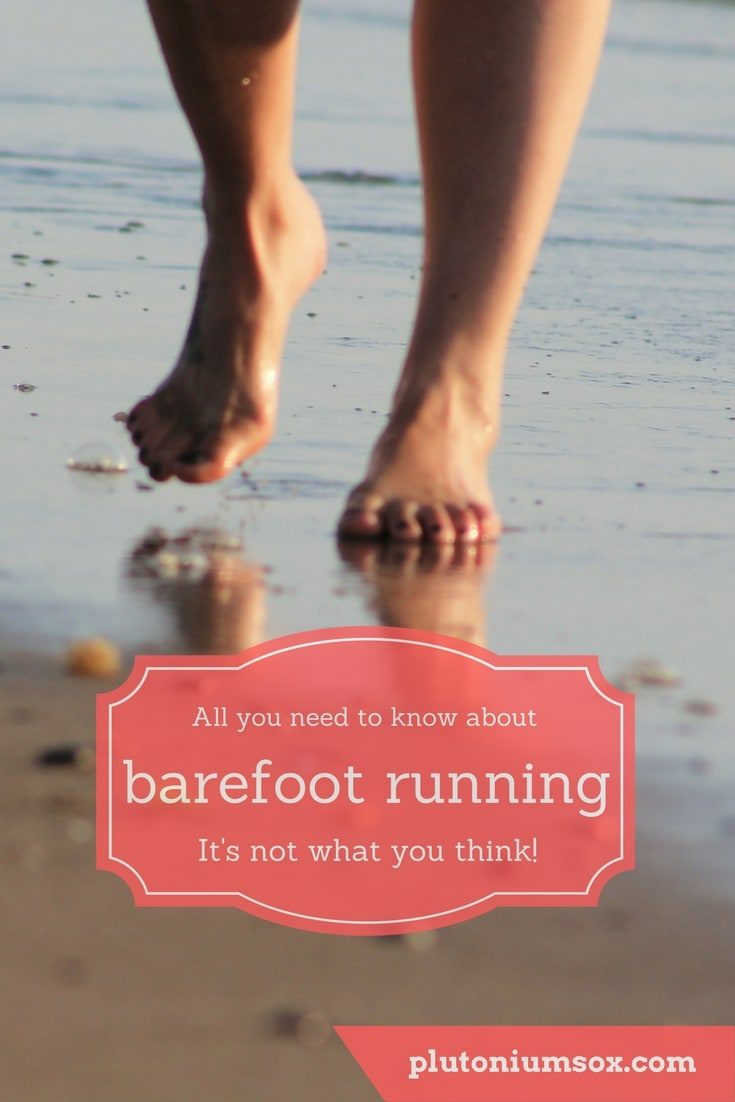
1. It’s not what you think!
I know, barefoot running – it sounds a bit odd. The risks are obvious. Running into dog poo, stepping on glass, stubbing a toe on the pavement and ending up injured. But here’s the thing – barefoot running doesn’t actually mean running without shoes. The name refers to the way you run, not what’s on your feet. It is entirely possible to have a barefoot running style whilst wearing shoes – as long as you pick the right shoes.
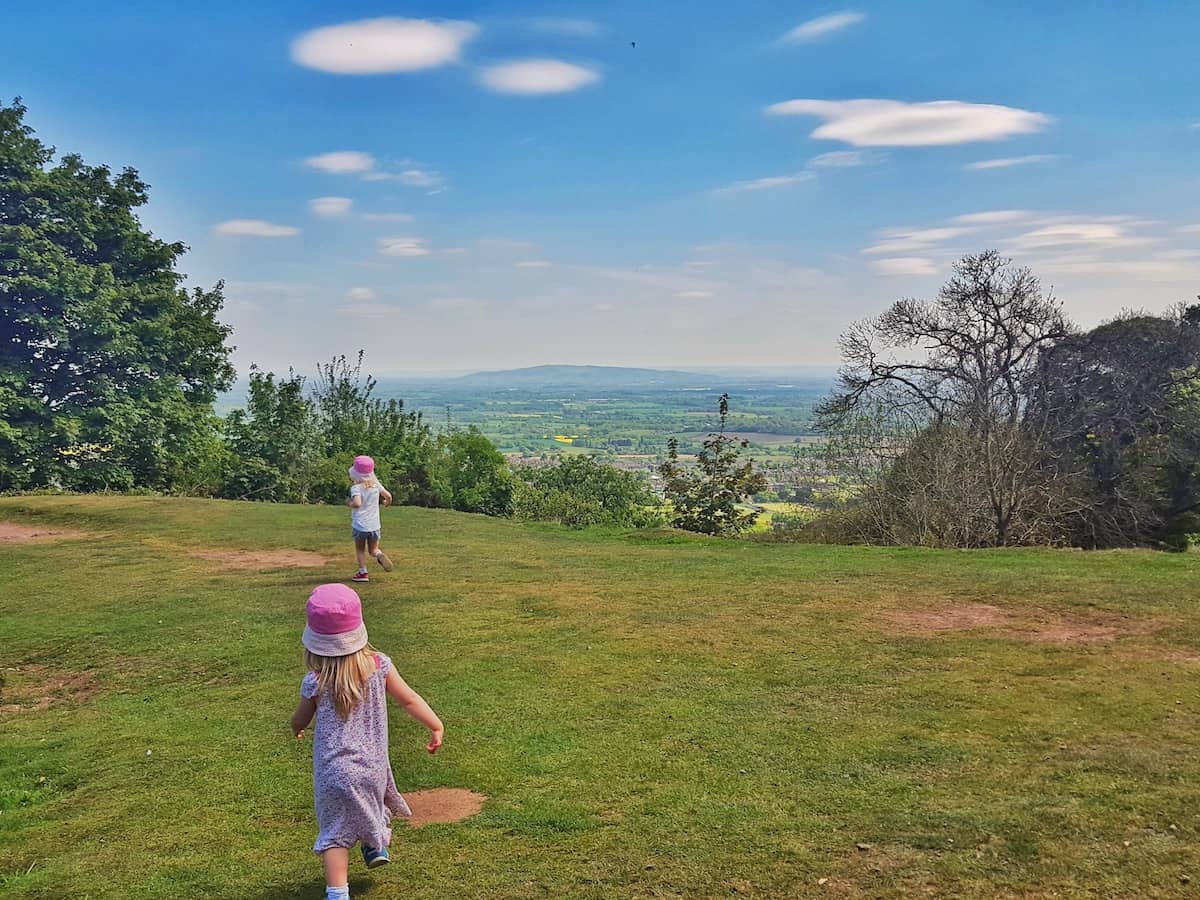
2. Barefoot running is about preventing injury
The author of Born to Run, Christopher McDougall, has an interesting discussion on barefoot running on his website. It focusses on the fact that running injuries are in fact a relatively new concept. And yet our ancestors evolved to run. We have always been runners, so why have we only recently started to get injured?
Well McDougall thinks it’s all down to what we’re wearing on our feet. In fact, he asserts that there is no data available at all about running injuries before the development of the modern running shoe in the 1970s. He refers to the Tamahumara tribe and the fact that they run upwards of 150 miles at a time on stony tracks. They run it all in sandals with no cushioning or support, and they don’t get injured. There are tales of 95 year old men easily running 30 miles up and down the face of the Copper Canyon.
The general consensus among barefoot advocates is that high-tech running shoes cause injury. They are compensating for deficiencies in our feet and legs. Deficiencies that are in fact non-existent. Which is exactly what causes us to get injured. The unnecessary cushioning and support causes the very injuries we are so afraid of. Because they prevent us from running in the way we were designed to run.
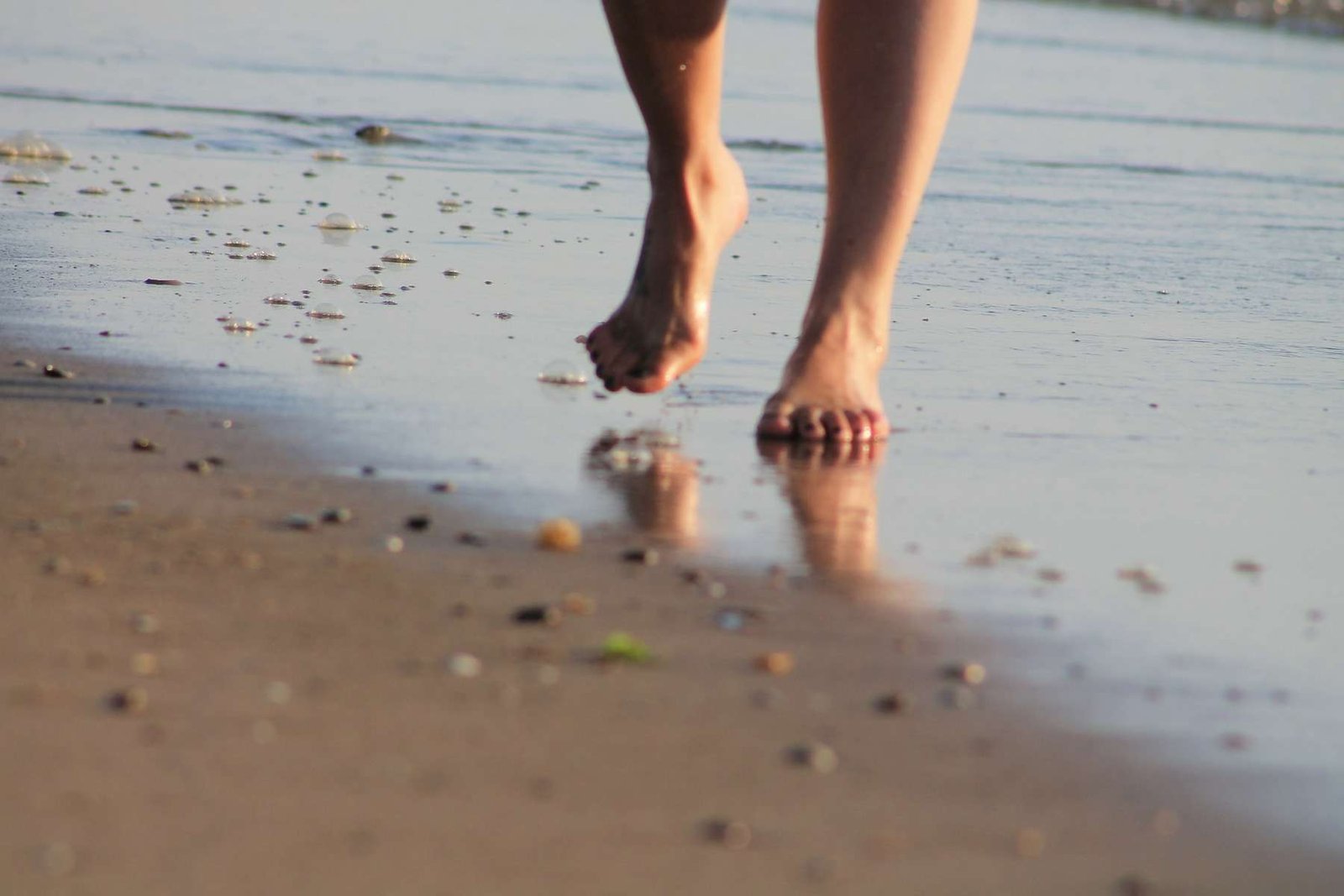
3. To avoid injury you need to run gently
Advocates for barefoot running say that cushioned running shoes are altering the way we run. Instead of carefully placing our feet down, the shoes are causing us to run more carelessly. By taking off our shoes or removing the extra support and cushioning, we go back to a natural forefoot or mid-foot strike. This is in contrast to the heel strike that is more common among runners in modern shoes. Hence, the barefoot running style doesn’t require you to go completely without shoes.
4. The best modern trainers replicate barefoot running
So contrary to popular belief, we don’t have to go completely barefoot or go back to basic sandals to avoid injury. In fact, I’m currently running in a pair of Nike Free Run Women’s Running Shoes. They are incredibly light and comfortable. The heel is rounded to ensure that you run naturally. And when I ran in them, I found them so comfortable that I didn’t want to take them off. It’s like walking or running in bare feet, but with the protection of shoes. These are not the first pair of barefoot shoes I’ve had, and I’ve never had an injury whilst running in barefoot shoes.
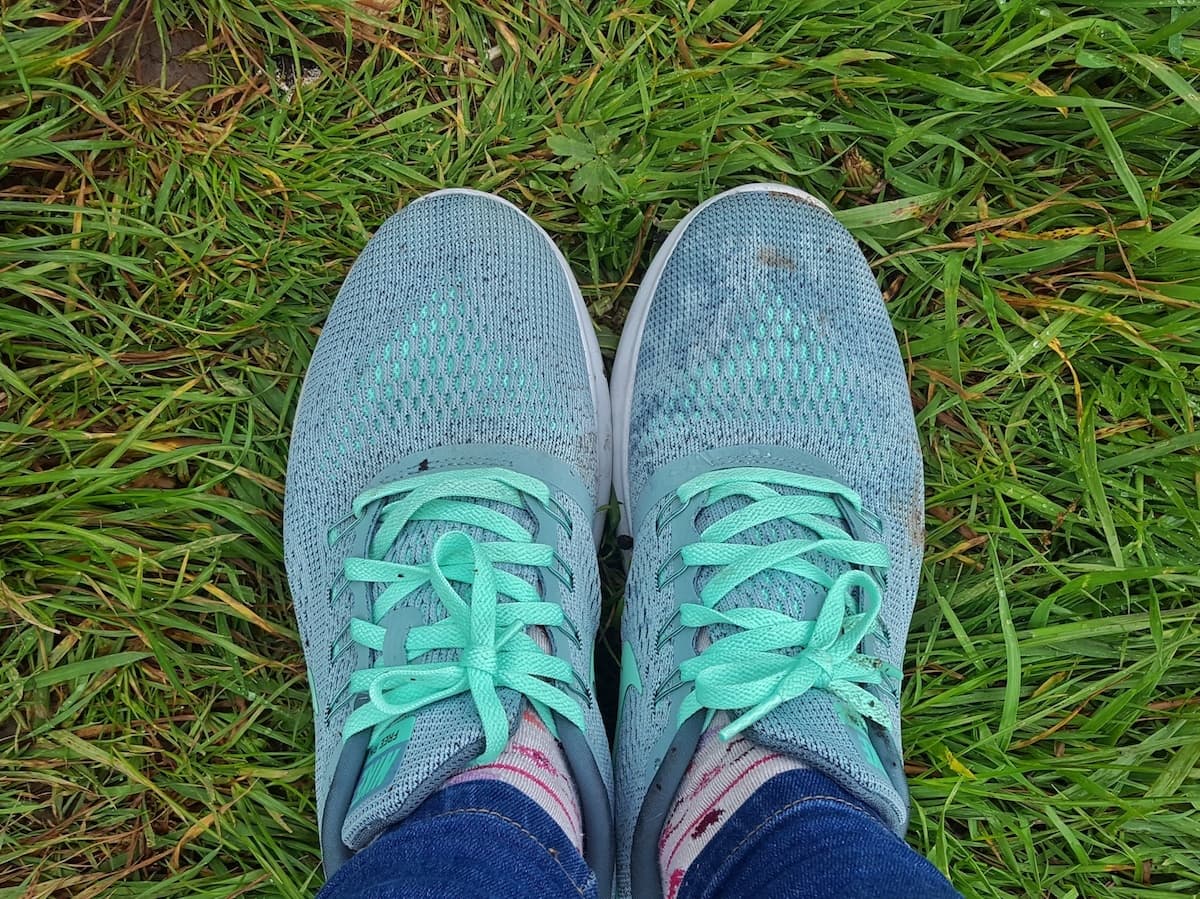
5. Take it slowly
There is lots of research to show that barefoot running shoes are the future for injury-free running. However, it’s important not to rush into it. If you have spent years running in expensive trainers, your running style will have adapted accordingly. And the barefoot runners swear by the fact that running fast and injury free is all about technique, not shoes.
The ideal way to run is to land on the front or middle of your foot. The heel then lands gradually in a controlled manner. This way, there is very little impact on the foot, even on hard surfaces. But more importantly, there is minimal impact on the ankle, shins, knees, hips and back. So the injuries you’ve been worrying about simply won’t happen.
But until you learn to run naturally, using barefoot shoes could be damaging. You’ll need to start by walking barefoot for short distances. You gradually build up speed and distance until eventually, barefoot running just feels right. There are lots of useful resources on barefoot running, and I like this basic beginner’s guide.
6. Get inspired
Most of all, I would advise getting inspired to run. Go out and buy Born to Run. Read about barefoot running, chat to people who do it if you can. Get inspired to kick off your shoes or find a minimalist pair to suit you. Understand that many of the physical and mental ailments that humans suffer from in modern times are due to our lack of exercise. Because we really were born to run. And inactivity is our worst enemy.
